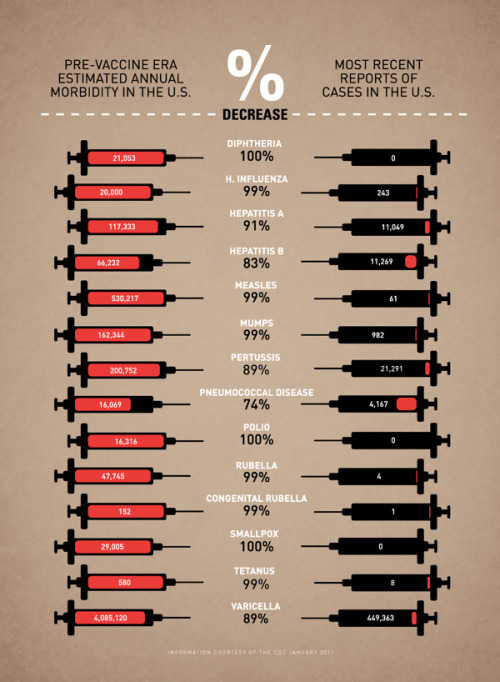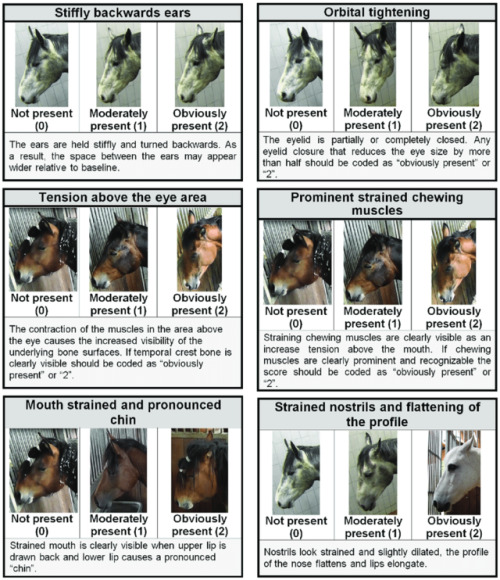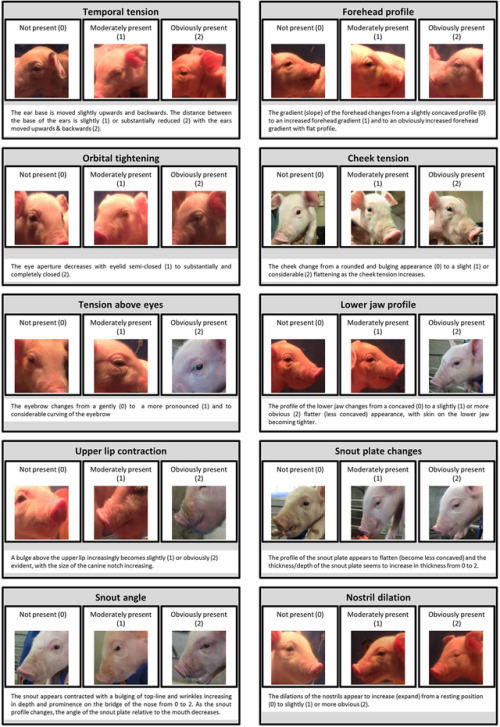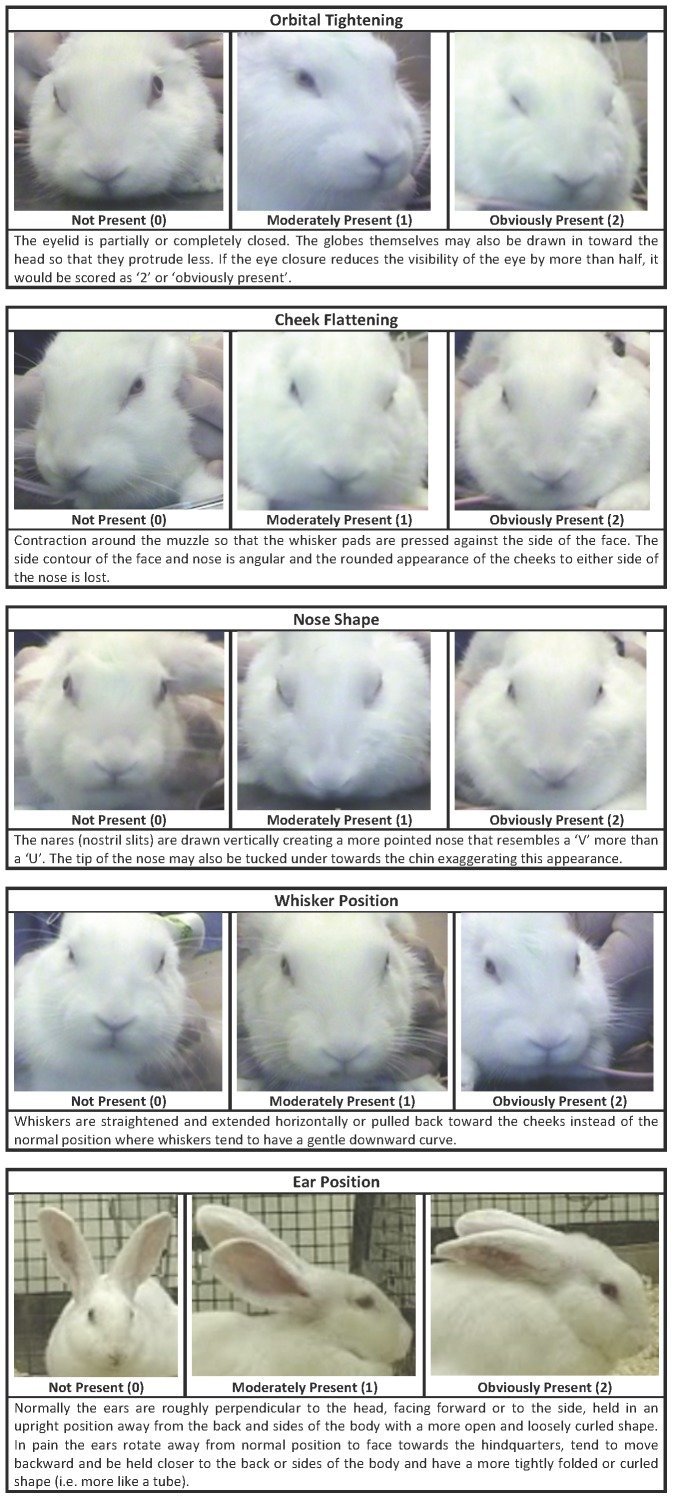Vaccine Infographic By Leon Farrant.

Vaccine Infographic by Leon Farrant.
I often speak with patients who tell me that they do not wish to be vaccinated because they do not see the point, that it is a farce, that it can cause autism (it does not), despite educating and informing them of the reasons behind it.
In the same way that people who did not grow up during the great wars of the mid-twentieth century have little frame of reference as to what the toll of total war can be, neither can a newer generation of people who have never seen the effects of polio, smallpox, and measles ravage humanity. For many people in the developed world, these are just distant, faded memories captured in the pages of medical textbooks.
I sincerely hope that the understanding of why we vaccinate does not become lost over time, that people need not fall victim to these preventable diseases; otherwise, the suffering, the challenges, and the research that went into developing these vaccines were all for nothing.
More Posts from Thejoyofscience and Others









Recognising silent acute pain in animals - assorted species grimace scales:
Development of the Horse Grimace Scale (HGS) as a Pain Assessment Tool in Horses Undergoing Routine Castration
The composition and initial evaluation of a grimace scale in ferrets after surgical implantation of a telemetry probe
The Assessment of Facial Expressions in Piglets Undergoing Tail Docking and Castration: Toward the Development of the Piglet Grimace Scale
The Sheep Grimace Scale as an indicator of post-operative distress and pain in laboratory sheep and the Coding and quantification of a facial expression for pain in lambs
Mouse - How to be a pain management advocate for exotic and zoo animals (full text available - includes additional species)
The Rat Grimace Scale: A partially automated method for quantifying pain in the laboratory rat via facial expressions
Evaluation of EMLA Cream for Preventing Pain during Tattooing of Rabbits: Changes in Physiological, Behavioural and Facial Expression Responses
Pain evaluation in dairy cattle
Pain is subtle - we cannot depend on vocalisations or extreme abnormal behaviour to determine if an animal is on pain - animals can cover up pain while going about their daily life. Grimace scales have been found to be reliable indicators of pain (full text available)
Unfortunately, I could not find a clear visual grimace scale for dogs, cats or birds :(
Which is a shame, because perhaps I could have recognised my own dog’s discomfort for the acute pain it was sooner:

(left: dog in pain. See eyes, tension, cheeks, whiskers, ears compared to the multiple species grimace charts above. right: tired but not in pain dog)
Perhaps my new books that arrived today might have some on dogs at least. There’s this visual blog post of a stressed dog at the vet - stress in the absence of a trigger looks very much like pain.
Here is a small comparative cats, with the link going into more detail. Not a scale but better than nothing:


Bonus round - you can get free A3 posters on recognising pain for Rabbits, Mice and Rats from the National Centre for the Replacement, Refinement and Reduction of Animals in Research. My rabbit specialist vet has the rabbit one!
Me whenever I see a corporate ad trying to say “we’re all in this together”:

Microbiologists have learned how a probiotic bacterium used to treat irritable bowel syndrome can soothe gut bacterial infections caused by salmonella, paving the way for potential relief from foodborne illnesses that affect millions of people annually.

Augochlora pura (Pure Green Augochlora) | Feb 2019 | copics, micron pen, colored pencils
protestants: god is not an absent father! talk to god like a friend! god is always with you! bring your problems to god, no matter how small! it’s not at all weird to call god “daddy!”
catholics: god is far too important to give a fuck about your lost keys or your algebra exam. please address your petty concerns to one of god’s ten thousand holy secretaries. if it’s really important, consider asking his mom.

Colonial rotifers showing eyespots and corona, magnification 200x - 500x. Ralph Grimm.


(Image: U. Müeller)
New neurons (in green) are guided to the neocortex - responsible for controlling language and movement - not by glial cells, but by a protein called reelin.
Journal reference: Neuron, DOI: 10.1016/j.neuron.2011.01.003






Aspirate of a mammary mass from a 8 year-old, female-intact, Yorkshire Terrier. The patient was found wondering in a field by a good Samaritan-turned-owner over the 4th of July weekend. Although she was acting normally, the owner brought the little dog in for a ‘look over.’ On physical examination a 2cm mass was felt in the left mammary chain. No obvious spay scar was present.
*
On cytology there were copious clusters of epithelial cells. These epithelial cells (top picture) were very non-descript, making for large, jumbled piles of cells. Notice how you cannot see any well-defined cell borders between them?? Just a ton of nuclei (and nucleoli) blending in together! That’s a sign of cell craziness! Many clusters were surrounded by this gorgeous, pink-magenta material. Likely secretory product or matrix.
*
Cytologic diagnosis: Mammary tumor! Although the cells look quite malignant on cytology, many studies have shown you cannot reliably determine malignancy with cytology alone. Thus, you NEED a biopsy to determine if a mammary tumor is malignant or benign in a dog. And flip a coin on that - about 50% are malignant and 50% are benign. Intact female dogs have an almost 35% lifetime chance of developing one of these beasts!
-
 melankoliadam liked this · 1 year ago
melankoliadam liked this · 1 year ago -
 universallyhoundgiantapricot liked this · 1 year ago
universallyhoundgiantapricot liked this · 1 year ago -
 gnomequeenofthegingers liked this · 2 years ago
gnomequeenofthegingers liked this · 2 years ago -
 quintow liked this · 4 years ago
quintow liked this · 4 years ago -
 minervae---filia reblogged this · 5 years ago
minervae---filia reblogged this · 5 years ago -
 anaspiringmedic-blog reblogged this · 5 years ago
anaspiringmedic-blog reblogged this · 5 years ago -
 apricusandpenumbra liked this · 5 years ago
apricusandpenumbra liked this · 5 years ago -
 confetticalf reblogged this · 5 years ago
confetticalf reblogged this · 5 years ago -
 hopeeuphoriacanslowdance reblogged this · 6 years ago
hopeeuphoriacanslowdance reblogged this · 6 years ago -
 theinsanitymind liked this · 6 years ago
theinsanitymind liked this · 6 years ago -
 med-ita-tion reblogged this · 6 years ago
med-ita-tion reblogged this · 6 years ago -
 flaaaing liked this · 6 years ago
flaaaing liked this · 6 years ago -
 agoodspirit liked this · 6 years ago
agoodspirit liked this · 6 years ago -
 little-miss-obvious reblogged this · 6 years ago
little-miss-obvious reblogged this · 6 years ago -
 kettuska liked this · 7 years ago
kettuska liked this · 7 years ago -
 jaedanielle liked this · 7 years ago
jaedanielle liked this · 7 years ago -
 vanvelding reblogged this · 7 years ago
vanvelding reblogged this · 7 years ago -
 99sea liked this · 7 years ago
99sea liked this · 7 years ago -
 dont-see-with-ur-eyes liked this · 7 years ago
dont-see-with-ur-eyes liked this · 7 years ago -
 fearless-stormclaw reblogged this · 7 years ago
fearless-stormclaw reblogged this · 7 years ago -
 fresalita reblogged this · 7 years ago
fresalita reblogged this · 7 years ago -
 iamdracosmommy liked this · 7 years ago
iamdracosmommy liked this · 7 years ago -
 ask-de-writer liked this · 7 years ago
ask-de-writer liked this · 7 years ago -
 findingalan reblogged this · 7 years ago
findingalan reblogged this · 7 years ago -
 madameliliana1001 liked this · 7 years ago
madameliliana1001 liked this · 7 years ago -
 severus-the-great-slytherin liked this · 7 years ago
severus-the-great-slytherin liked this · 7 years ago -
 mathart liked this · 8 years ago
mathart liked this · 8 years ago -
 jameslikeyou liked this · 8 years ago
jameslikeyou liked this · 8 years ago -
 lafemmeacadem liked this · 8 years ago
lafemmeacadem liked this · 8 years ago -
 thesoundofswedishmelancholy reblogged this · 8 years ago
thesoundofswedishmelancholy reblogged this · 8 years ago -
 thesoundofswedishmelancholy liked this · 8 years ago
thesoundofswedishmelancholy liked this · 8 years ago -
 myapplepiewasfreakinworthitposts liked this · 8 years ago
myapplepiewasfreakinworthitposts liked this · 8 years ago -
 mnemogui reblogged this · 8 years ago
mnemogui reblogged this · 8 years ago -
 sesealways liked this · 8 years ago
sesealways liked this · 8 years ago -
 mnemogui liked this · 8 years ago
mnemogui liked this · 8 years ago -
 cerebrlassassin reblogged this · 8 years ago
cerebrlassassin reblogged this · 8 years ago -
 letsrunfarawayfromhere reblogged this · 8 years ago
letsrunfarawayfromhere reblogged this · 8 years ago -
 klamond liked this · 8 years ago
klamond liked this · 8 years ago -
 noelitede reblogged this · 8 years ago
noelitede reblogged this · 8 years ago
An assortment of scientific things from the wonderful world of biology
77 posts